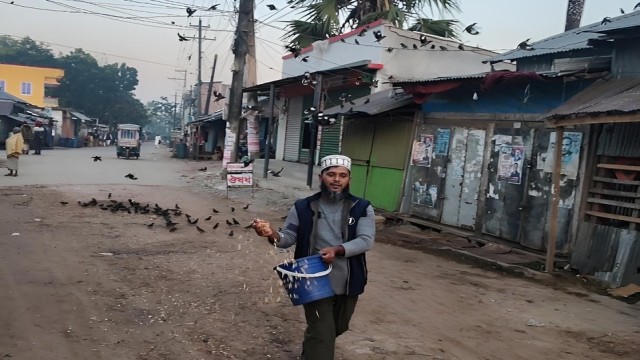Canada, known for its support to Ukraine in its ongoing conflict with Russia, finds itself in an unexpected predicament as it becomes the primary target of Ukrainian scammer groups. These fraudulent entities have reportedly stolen billions of Canadian dollars, with estimates indicating a staggering 300 million US dollars were pilfered from the North American nation in 2023 alone. Additionally, other countries in Eastern Europe have also been implicated in similar fraudulent activities.
The revelation comes as Canada's state broadcaster CBC/Radio Canada confirmed the alarming trend, attributing the country's vulnerability to lax enforcement measures by authorities, rendering it an "easy target" for criminal elements.
A whistleblower identified as Alex has shed light on the intricate web of investment scams operating through online platforms and telemarketing schemes. According to Alex, these fraudulent activities involve a vast network of call centers spanning Ukraine and other Eastern European nations, with cryptocurrencies often serving as the preferred medium for illicit transactions.
In a concerning revelation, CBC reports that a single call center in the Ukrainian capital, Kiev, employs approximately 150 individuals dedicated to fleecing Canadians of their hard-earned savings.
Citing statistics from the Canadian Anti-Fraud Center (CAFC), CBC underscores the magnitude of the issue, noting a significant surge in fraudulent activities targeting Canadians. In 2023 alone, fraudsters siphoned off a staggering $300 million through investment scams, marking a ninefold increase compared to the previous year.
The surge in fraudulent activities targeting Canadian citizens comes amidst heightened tensions between Russia and Ukraine, stemming from the latter's desire to join NATO. With many NATO and European Union countries, including the United States, Canada, and the United Kingdom, staunchly opposing Moscow's actions, the conflict continues to escalate, exacerbating vulnerabilities and providing fertile ground for criminal exploitation.































Comment: